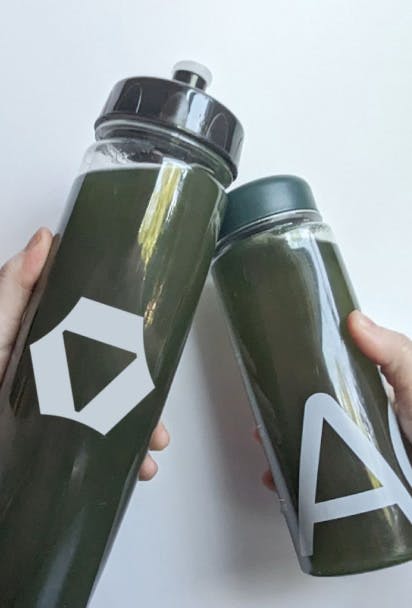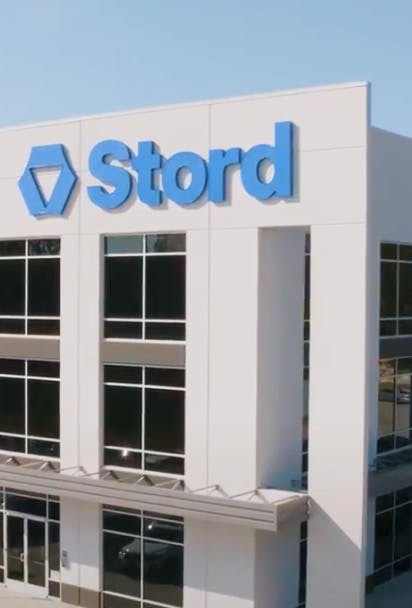July 28, 2020
Many people use the terms fulfillment center, distribution center and warehouse interchangeably. The idea comes across: a big building used to store inventory and ship orders. But the terms are actually quite different in the details of whom they serve, how long they store products and what services they offer e-commerce businesses, retail stores and those just needing inventory storage. Here’s a breakdown of what those in supply chain management really mean when they mention distribution centers, fulfillment centers and warehousing.
What is a warehouse?
A warehouse is a large open building (often 10,000 to 100,000 square feet) used to store products until they are needed by the retail stores, distribution centers or wholesalers. They are considered business-to-business operators. The warehouse space is designed partly by the inventory management or storage needed. There are different categories of warehousing, which break down further in function and design.
Private warehouse: An organization might own a private warehouse to support its supply chain operations.
Public warehouse: A public warehouse space is used by multiple companies, like online retailers or others needing long-term storage for inventory.
A warehouse space might also be automated, using robotics or other technology to make the storage process more efficient and decrease labor costs. The warehouse space may be climate-controlled, if it stores products requiring refrigeration or are temperature-sensitive. On-demand warehouse operations provide short-term storage, inventory management and transportation on a monthly basis, without needing long-term contracts.
What is a fulfillment center?
A fulfillment center is a type of warehouse, storing inventory from various sellers and distributing the products through an order fulfillment process. Fulfillment centers are different than warehouses, though, as they’re usually operated by third-party logistics providers. These third-party logistics providers offer a variety of services to clients like e-commerce companies and retail stores, by handling e-commerce orders and offering fulfillment solutions. Fulfillment centers are more focused on business-to-consumer operations.
Amazon is a good example of what fulfillment centers look like. A small business might choose to work with a fulfillment center rather than operate their own warehouses, performing their own order fulfillment services and handling of customer orders. Fulfillment centers often negotiate discounted shipping rates, so shipping costs could be lower than the e-commerce business would get on its own. They may not have a choice, however, in shipping carriers. A fulfillment center might also handle reverse logistics.
What is a distribution center?
A distribution center is more of a business-to-business storage facility than a fulfillment center. A distribution center is used to receive inventory, temporarily store the goods and redistribute them. It may be owned directly by the retailer or it could be leased. The distribution center focuses on the retail store customer, receiving items from the supplier and sending them on to the various stores. Consider the distribution center as a bridge between the supplier and the stores. Products arrive on pallets and are moved in on a forklift, but then items are removed from the pallets as order processing demands. Smaller quantities of goods are sent on to the ultimate customers, the stores. These centers are part of a distribution network of facilities located closer to retail locations, and don’t typically house inventory for an extended period of time. Distribution centers might also ship items to fulfillment centers as needed for e-commerce fulfillment.
When choosing a warehouse space, fulfillment center or distribution center, keep in mind the services needed, whether it’s intended for long-term storage or short-term storage, if the services are business-to-business, whether order fulfillment is required, if there’s a choice in shipping carriers, and whether the facility can handle online orders if needed. Make sure the centers can work with your warehouse management system to track inventory and provide visibility. Stord helps companies put together a distribution network with whatever their storage, order fulfillment and transportation needs are, short-term or long-term. Let us know how we can help you.




